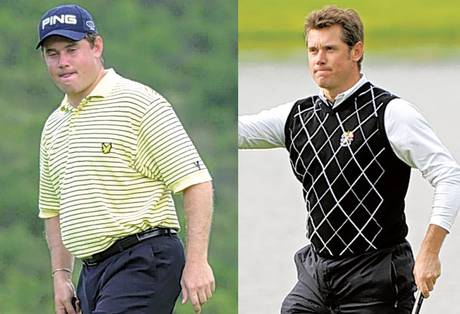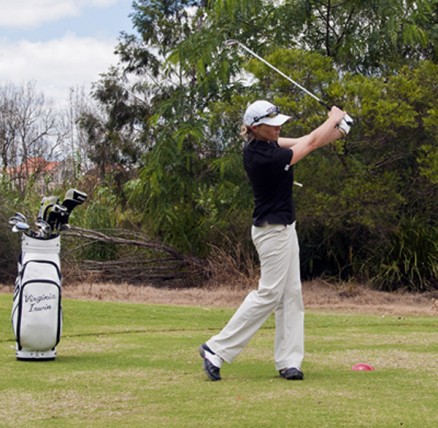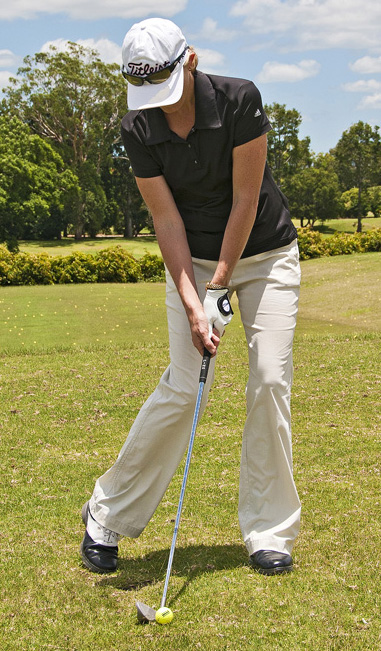Golfers are Athletes
In Physical , posted by Virginia on - Leave a comment
You don’t need to take Lee Westwood’s word for it when he says he has made a real commitment to fitness and living healthier.

For nearly seven years, he says he has been eating better and exercising more often under the guidance of British fitness expert Stephen McGregor, a Ph.D., in exercise physiology. Here’s more of what Lee had to say:
WHAT WAS THE CATALYST FOR YOUR TRANSFORMATION?
When I hit 30 [he’s 39 now] I thought maybe I should start doing something. I saw some of the guys getting stronger, hitting it farther. So I wanted to hit it farther, too. Plus I wanted to play this game for a while. It helps when you’re fit.
WHAT’S THE MOST YOU’VE EVER WEIGHED?
I’ve changed my body–replacing fat with muscle. I probably dropped about 12 to 15 percent of my body fat. The heaviest I ever was was about 110 kilos (243 pounds) and I got down to 89 kilos (196). I weigh 93 kilos (205) now.
HOW OFTEN DO YOU WORK OUT?
On an off week, I’ll work out five times. On a tournament week, two or three. When I do work out, it’s usually for about two hours a session.
WHAT IS YOUR FOCUS?
Shoulders and legs. You get lots of shoulder problems in golf and I’ve also had a leg injury in the past. I think it’s important to strengthen as much as possible in the areas you use the most. We work on everything, though.
DO YOU DO CARDIO?
I do a lot. I do seven miles, five times a week … on the golf course. I don’t tend to do any cardio other than that. I mainly stick to weights, although I might do a 10-minute warm-up of cardio.
DO YOU USE SUPPLEMENTS?
My trainer tries to keep me on a pretty good diet so I get all I need from food. I have a milk shake or smoothie after I work out to try and get some protein in my body–mainly fruit, ice cream or milk, but low fat.
WHAT HAVE YOU FOUND TO BE THE BIGGEST BENEFIT OF WORKING OUT IN TERMS OF YOUR GOLF GAME?
I can change my swing a little easier if I need to. My swing also is a little tighter through working out in the gym. I also use my legs to power my swing and strengthening them has helped a lot. I feel I’m very strong in the shoulders, legs and core and that helps provide stability when I swing.
ANY INJURIES OR ISSUES RIGHT NOW?
Nothing.
WHAT DO YOU EAT/DRINK ON THE GOLF COURSE?
I eat nutrition bars, drink water and Gatorade.



